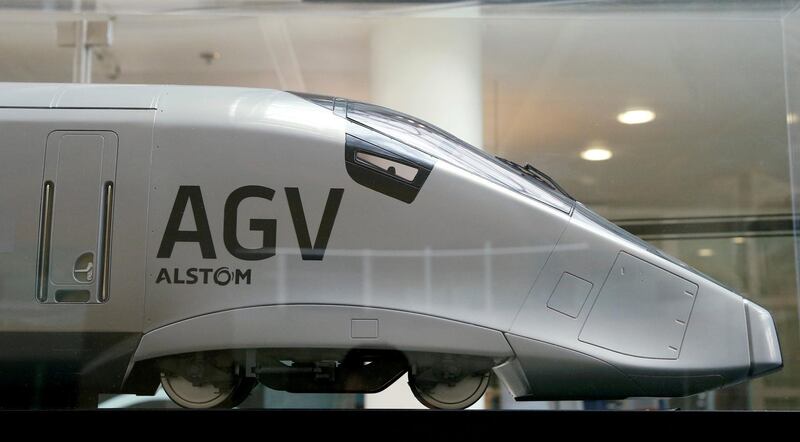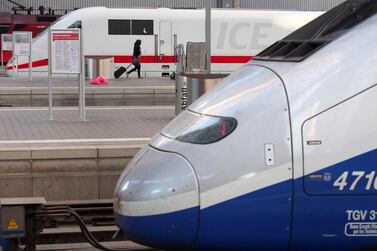Siemens and Alstom's plan to create a European rail champion collapsed on Wednesday after EU anti-trust regulators rejected the deal, saying that it would have hurt competition and led to higher prices for consumers.
The European Commission also blocked a bid by German copper company Wieland-Werke to buy a business unit from Aurubis, Europe's biggest copper smelter, because it could have pushed up consumer prices.
The two vetoes are likely to spur efforts by France and Germany to loosen EU competition rules so as to take a more global than solely European view of mergers and potentially to allow EU ministers to have a say.
Proponents of the bloc's strict merger regime, however, argue that such changes could lead to opaque and unpredictable rules.
Siemens and Alstom wanted to combine their rail operations to compete more effectively with China's state-owned CRRC on the global stage, a move backed by the French and German governments which promoted the creation of industrial champions.
However, European Competition Commissioner Margrethe Vestager said she blocked the deal to protect competition in the European railway industry.
"Without sufficient remedies, this merger would have resulted in higher prices for the signalling systems that keep passengers safe and for the next generations of very high-speed trains," she said.
She said the companies in both deals were not willing adequately to address the regulator's serious competition concerns and concessions fell short.
The deal also triggered criticism from national competition agencies in Germany, Britain, Spain, Belgium and the Netherlands.
Siemens makes the ICE trains for Deutsche Bahn and also builds units for Channel Tunnel operator Eurostar, according to Reuters. Alstom is the manufacturer of France's signature bullet train, locally known as the TGV. The rolling-stock maker also sells urban and suburban trains as well as signalling systems.
Canada's Bombardier said it was pleased with the Commission's decision.
"It would have severely undermined the health and competitiveness of the whole European rail market, leaving European consumers, both as rail users and tax payers, to pay the price," said Daniel Desjardins, Bombardier general counsel and company secretary.
CRRC is the world's largest train manufacturer with global ambitions that have spooked Europe but the EU veto of the Siemens-Alstom merger leaves it without the formidable challenger France and Germany had hoped for.
The China Railroad Rolling Stock Corporation manufactures wagons and locomotives for the Chinese railway network. It was formed following a 2014 merger between two state-owned firms and now employs more than 180,000 people, AFP said. The merger was intended to create a giant that would facilitate the export of Chinese railroad technologies to the international market and boost its competitiveness.
CRRC's growth has been powered by the huge expansion in China's rail network in recent years, from a high-speed network that is now the biggest in the world to dozens of new metro lines in China's fast-growing cities.
In just a few years CRRC has opened factories across the globe and its locomotives and wagons can be found from Boston to Philadelphia, Cambodia to Colombia. The iconic London Underground and Germany's Deutsche Bahn are also customers.
The corporation brought in about €26 billion (Dh108.82bn) in revenue in 2017. Compare this to the West's "Big Three" - Bombardier Transportation, Siemens Mobility and Alstom - who each reported revenue of around €8bn for the same year.







